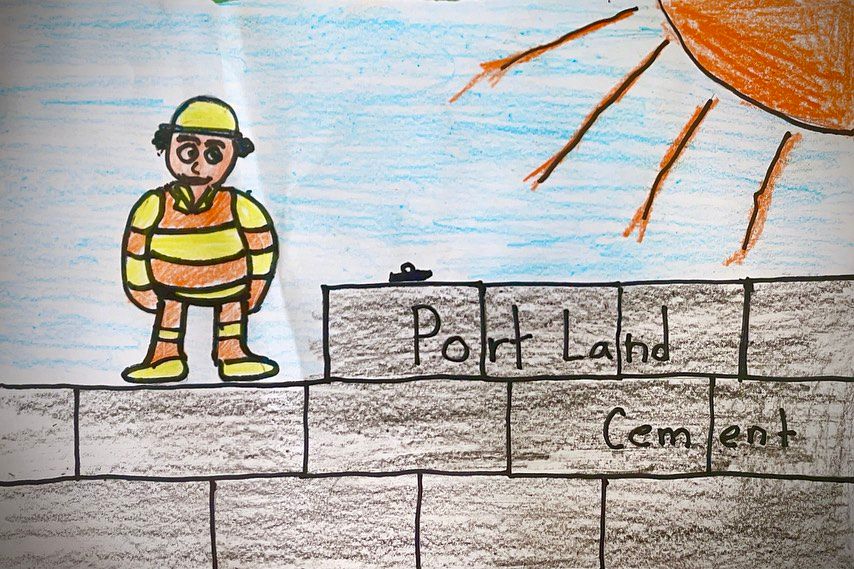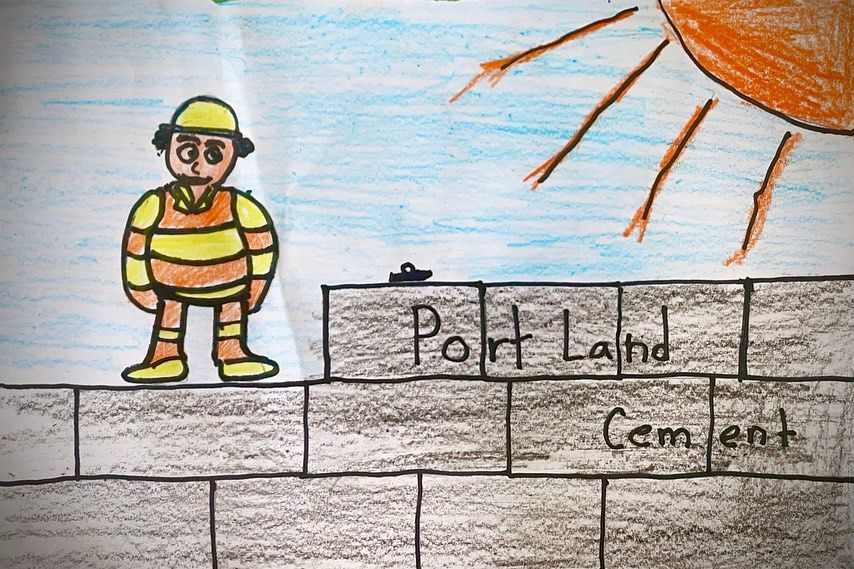Cement

People always wanted strong walls and a safe home to live in. They experimented and tried using other materials like wood. Babylonians used clay as the bonding substance of rocks. In 1756, John Smeaton made hydraulic cement using pebbles and powdered brick as a coarse aggregate. In 1824, Joseph Aspdin burned ground limestone and clay together and changed the chemical properties of the material, thus creating Portland cement. Joseph Monier made reinforced concrete by mixing iron mesh into Portland cement.
Joseph Aspdin, a British bricklayer and builder, created history in 1824 when he experimented with heating limestone and clay until it calcined, then grinding it and combining it with water. After the famously strong building stone from the Isle of Portland in Dorset, UK, Aspdin named this Portland Cement. How did he come upon this life-altering discovery? By attempting new things. "Experiment is the greatest science," says an Arabic proverb. As a result of Aspdin's experiment, we now have sturdy foundations and walls in the houses we live in.

Cement is made by combining calcium, silica, aluminium, iron, and other components in a well-controlled chemical reaction. Limestone, shells, and chalk or marl, in combination with shale, clay, slate, and iron ore, are common components used to make cement. When these materials are heated to high temperatures, they transform into a rock-like substance that is pulverised into the fine powder we know as cement.
Cement is so fine that a pound of it has 150 billion grains in it. Limestone and clay are the most common rocks used to make cement. Other rock formations have been identified around the world that provide even more use for cement. Natural rock formations on the Isle of Portland, England, have exceptional hydraulic capabilities. When water is added to this particular sort of rock, it hardens and strengthens even more, and Portland cement has become one of the most widely used types of cement.
Ancient Romans developed an imperfect type of cement by mixing volcanic ash with lime and seawater to make a mortar and then inserting bits of volcanic rock into that mortar. Concrete was also employed inland, in structures such as Rome's Pantheon.
Cement plays an important role in our lives, although it goes unnoticed most of the time. Cement is primarily utilised as a binder in concrete, which is a fundamental building material used in a variety of applications such as dwellings, highways, schools, hospitals, and ports. Cement is now widely used as an adhesive for joining bricks and stone.
After water, cement is the most commonly used commodity. It is the most important component in the construction and manufacture of infrastructures for the construction and development of residential, public, and water and sewage systems.
Air is one of the most crucial elements of cement. It's hard to believe that material as solid and long-lasting as cement could contain something as light and delicate as air, yet it's real. Tiny air pockets are invariably present in the mixture of gravel, sand, and water required to produce cement. This has an impact on the cement's characteristics, and air pockets are occasionally purposefully inserted in the mix for a specific reason.
It is my understanding that cement is one of history's most important discoveries. It altered the way we humans defend ourselves and seek shelter. We would have most likely lived in a world without strong walls or foundations if it hadn't been for it. In the future, cement will get stronger and better than it is now.
Reference
https://www.globalcement.com/magazine/articles/490-cement-101-an-introduction-to-the-worlds-m
https://www.tandfonline.com/doi/abs/10.1179/tns.1961.003journalCode=yhet19
https://www.google.com/
Author Biography
Alsan was born in January 2008, making him fourteen years old. He likes computers, photography, and flying. He enjoys reading books, watching football, and playing video games. In the future, he intends to travel the globe and pick up new skills. He is really grateful to have been selected to be a participant in Professor Ugail's Leaders of Tomorrow programme.

Cite this article as:
Alsan Abdulla Sobah Saleem, Cement, theCircle Composition, Volume 2, (2022). https://thecirclecomposition.org/cement/
